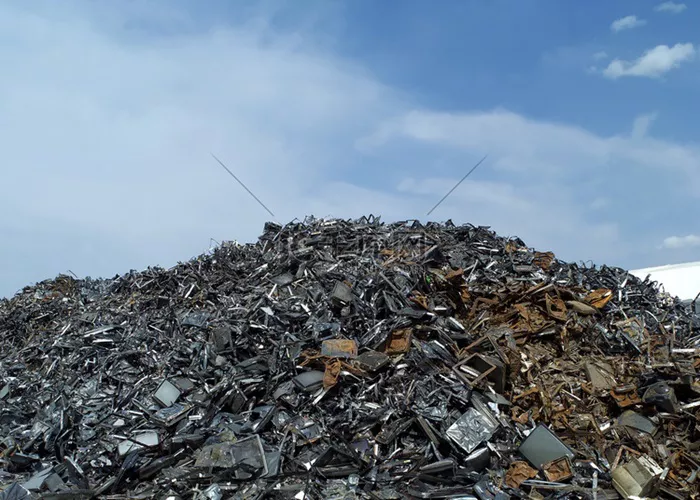A recent study led by researchers from Toho University has uncovered a critical toxicological effect of cadmium, revealing its role in boosting hyaluronan synthesis in vascular endothelial cells. This process, researchers say, is driven by the induction of hyaluronan synthase 3 (HAS3) expression, offering new insights into cadmium’s contribution to vascular diseases such as atherosclerosis.
Cadmium, a well-known environmental contaminant, has long been associated with Itai-itai disease in Japan. It has also been flagged as a risk factor for atherosclerosis in numerous epidemiological studies. The findings of this new study, published in the journal Toxicology, suggest that cadmium may exacerbate atherosclerosis by promoting the synthesis of hyaluronan, a substance that plays a significant role in inflammation and tissue repair.
The research team, led by JSPS Research Fellow Misaki Shirai, alongside Dr. Takato Hara and Dr. Chika Yamamoto from the Department of Environmental Health Science at Toho University, found that cadmium exposure triggers the activation of the JNK–c-Jun signaling pathway. This, in turn, induces the expression of HAS3, leading to an increase in hyaluronan production in endothelial cells.
Experts highlight that the disruption of the balance of HAS3 expression caused by cadmium may accelerate inflammatory vascular diseases, such as atherosclerosis, by enhancing the buildup of hyaluronan in blood vessels.
This study provides valuable new understanding of the toxic mechanisms of cadmium and its potential role in the development of cardiovascular diseases, calling for increased attention to the risks posed by exposure to this heavy metal.
Related topic:
Study Reveals Global Gaps in Mental Health Treatment
Study Reveals Cannabis Warnings Ineffective for Pregnant Users
Sisters of Women with Pregnancy Complications Face Higher Heart Disease Risk


